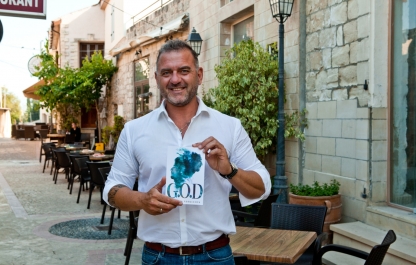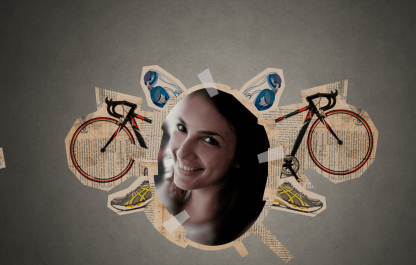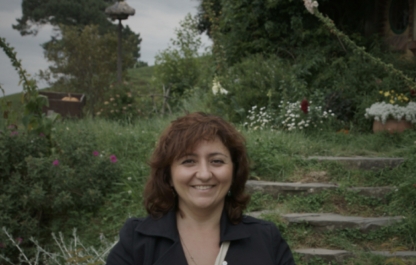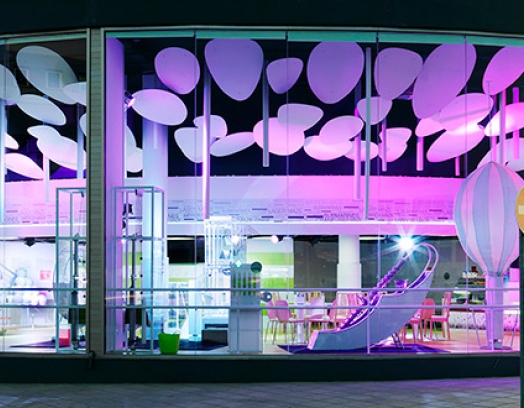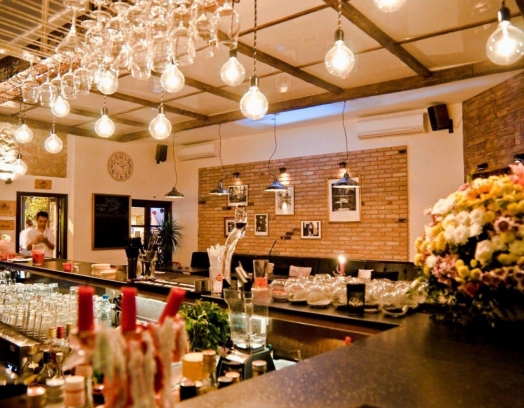In this article, we’re going to reveal how to organise a dream holiday for your friends and family without stress, bother and, most importantly, without going over your budget.
We all want to travel, see and learn something new from time to time... some travel in order to ponder their problems and find the right solution, some try to «find themselves» on their holidays when in new places or visiting to famous sights.
Regardless of what you look for in a holiday, be it new interesting places, areas of outstanding natural beauty, the sights, maybe even the meaning of life, our overview will help you navigate what’s on offer.
You’ll discover how to choose the perfect time to visit Cyprus, save on renting accommodation, where you can camp, how to get around without a car… all this and of course: how to keep your trip wallet-friendly while squeezing the most out of your time on the island.
-
Visit Cyprus in off-peak season: not only can you enjoy relatively cheap flights when purchased 1-2 months in advance, but Cyprus has a lot to offer in spring, the Indian summer of early autumn and even in winter: from seaside holidays (April – May, late September – October) when the sea water is reasonably warm (up to 18-20 °C), sightseeing tours and city excursions to skiing in the Troodos Mountains (December to March) and rural agro-tourism (which is practically on offer entirely out of season in fact).
It’s really worth choosing and booking your hotel (apartment or villa) and/or (optional) excursions independently. When doing so, you’ll inevitably want to ask: where exactly is the best place to stay?
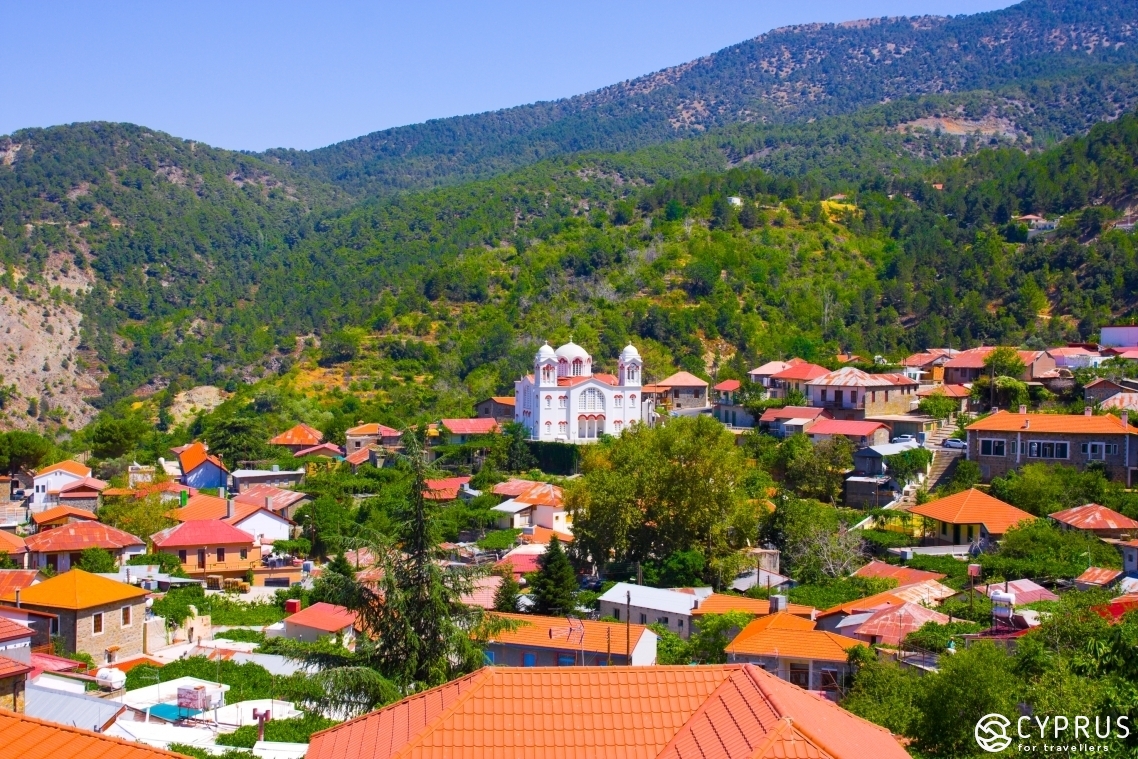
Although the choice of hotels in winter is markedly reduced, if you are quite flexible about your upcoming living arrangements, it’s worth taking a look at the following.
Nicosia in the winter is a the place to enjoy a leisurely cultural break: it boasts jazz sessions and classical chamber concerts, as well as modern music gigs. The city’s numerous coffee houses and wine bars create an inviting atmosphere with open fires.
Larnaca [1] is the quietest of the «urban» options. It has deserted beaches — spellbinding, unexplored coastal seascapes perfect for morning walks. Visitors can also enjoy dinner by the hotel's fire or in one of the restaurants and taverns that stay open for the winter. There is almost no special cultural program or entertainment for tourists during the winter season.
As for Ayia Napa, if you don’t have your own transport or know the good places to eat (most of them being in neighbouring villages), it’s also not an ideal off-peak season choice: come winter, it turns into a sleepy, deserted, albeit beautiful village.
It is only really in Limassol that life continues to buzz non-stop [2]: it is the city with the highest proportion of foreigners. It’s closely followed by Paphos, which may be more provincial but is equally interesting in terms of tourist attractions and engaging excursions.
Check out the following websites: www.tripadvisor.com, www.visitcyprus.com and don’t forget about the potential finds to be had on social networks and by word of mouth. Ask those who’ve already visited what they think and where they are dreaming of going next. Make use of our tips.
-
If you want to get closer to nature, book a spot in one of the several campsites along the coast or in the mountains and enjoy the stunning views.
Campsites: in Polis; between PanoAmiantos and Troodos Square on the Nicosia Troodos road; and also on Governor's Beach.
There are other options [3]: caravan parks (for campers), campers for rent — near Prodromos, Kalopanayotis, Platani (a well-known picnic spot); as well as in the area around Pegeia, the Geroskipou Gardens at Paphos, and Pervolia.
It’s worth asking about the available places, prices and conditions in advance. It’s a good idea to read reviews such as those found here (on 5 sites), or here, which has details about 7 certified campsites in Cyprus.
All you have to do is choose!
-
For those who proudly travel solo, there is also a chance to save some cash (and perhaps make friends with other free-spirited individuals), meet like-minded people, a travel companion, or someone to share a flat rental with for part of your holiday by posting in Facebook groups, on travel forums about Cyprus, or general sites for travellers.
The following sites are mostly used: www.triptogether.com, www.findtravelcompanions.com.
-
You don’t have to spend a lot to get around Cyprus and learn more about the island. There are CTO centres (Cyprus Tourism Organization: www.visitcyprus.com) that are open daily in each city (excluding the part of Cyprus occupied by Turkey) where you can get free advice, maps, booklets and leaflets about upcoming entertainment and cultural events (festivals, local and national holidays and celebrations, workshops, concerts). What’s more, CTO centres hold free excursions [4] two or three times a week.
For example, on Mondays, Tuesdays and Thursdays in Nicosia, they offer group tours starting at the CTO office in Laiki Getonia in the Old Town. One covers the vast and unique exhibitions in the Museum of Cyprus (devoted to archaeology), and the second is a city tour (through the districts of Pallouriotissa and Kaimakli).
Further details about the times, duration and routes are available here:
Cyprus Tourism Organization (Head Office)
Address: Leoforos Avenue 19, Aglanzia Nicosia
Phone: (+357) 22691100, hot line: (+357) 22691111
Email: cytour@visitcyprus.com or check out the website at: www.visitnicosia.com.cy
You can book a place on a tour by calling in advance: (+357) 22674264
The CTO Information Centres in Nicosia are on Ledra Street (opposite the checkpoint in the Turkish-occupied part) and in the tourist area of Laiki Getonia (11 Aristokyprou street). A while ago, there was a free yellow bus with the town’s blue emblem called route No 1, which covered a route around the historical centre that you could hop on and off wherever you wanted. However, 5 years later, it was replaced by grey minibuses, which run every 20 minutes and cover two main routes throughout the Old Town.
For more information, check out this site.
... And that's not all. The «Red Train» makes its way throughout the Old City all year round. It starts from Plateia Eleftherias, where you can choose a tour (out of 4), which covers up to 40 locations within the ancient city walls. The trips last from 15 to 45 minutes in total. It’s a great opportunity for the whole family to learn more about the historical centre of the capital of the island of Aphrodite.
Tourist information is available in Greek and English.
Further details can be found here: www.visitnicosia.com.cy
-
But, you know what? One of the simplest and cheapest ways that tourists can get the full gamut of experiences in Old Nicosia is going «to the other side» via the checkpoint on Ledra.
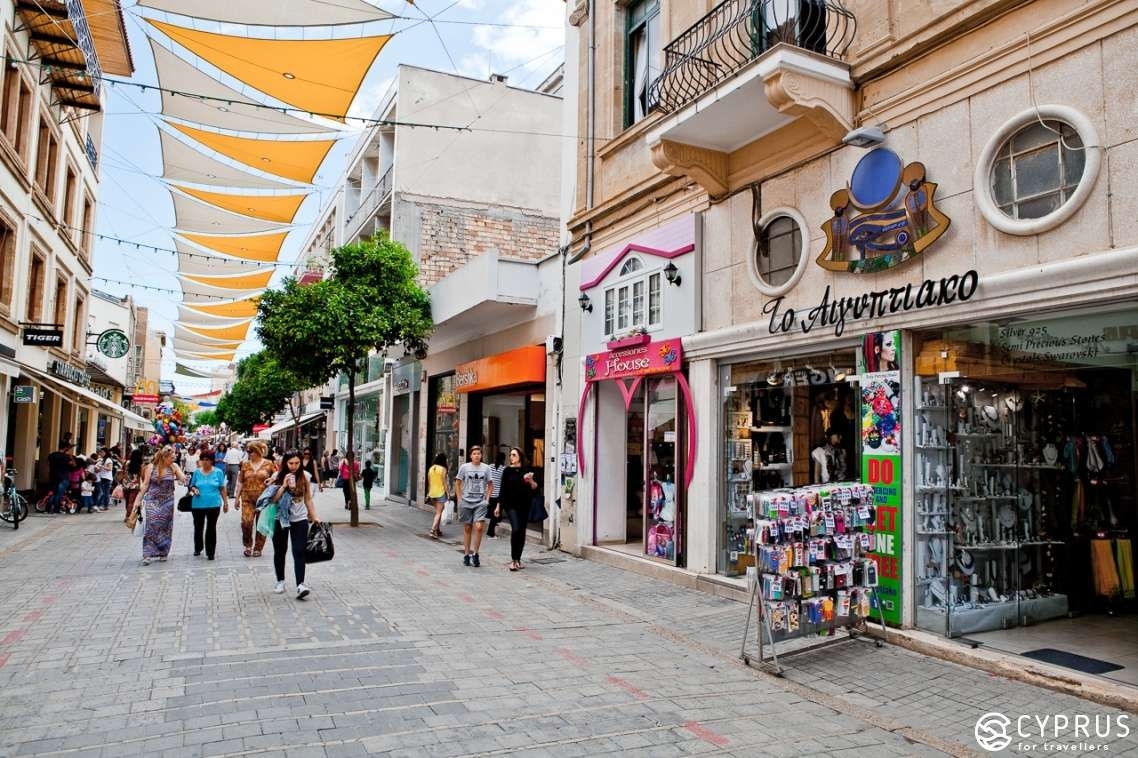
In fact, if you’ve got a valid visa in your passport, you are free to walk across to the Northern part of the capital and wander through the streets, soaking up the different atmosphere and feeling how the Turkish Cypriot customs differ from the Greek Cypriot ways... there are also several interesting historical buildings near the checkpoint that are worth visiting. They include Büyük Han, a former inn built in Ottoman style (1572), which is now a famous the part of Cyprus occupied by Turkey arts centre enjoyed by locals and guests alike boasting art galleries and local craft exhibitions, a cafe, as well as an improvised concert space for local musicians ...
Surely that’s worth a visit?!
For more details on sights in the part of Cyprus occupied by Turkey, check out our article.
-
Do you want to feel completely footloose and fancy free? Travel with just a map in hand and ideas about where to travel solo or with your family and friends? Then it’s worth buyingday, week or monthtravelcards at one of the city bus stations (in the city centres within walking distance of most sights). It’s much cheaper and more convenient than buying a single ticket each time.
More information can be found at: www.cyprusbybus.com.
When it comes to the bus timetable, try to find out the time, interval and stops in advance. Save the phone number of the bus company in your city and generally try to keep up-to-date with the latest information: www.cyprusbybus.com.
Bus Stations in Cyprus:
Nicosia: three bus stations at Solomos Square, at the General Hospital and near the Makario Stadium.
Limassol: Archiepiskopou Leontiou A (the central bus station) and at Lamprou Porfyra Street.
Paphos: in Kato Paphos(the central bus station is at the harbour), and on Karavella Street, and near the Markidio Theatre).
Larnaca: On Dimitras Street, the central bus station is opposite the Foinikoudes coastal promenade.
Paralimni: on Agiou Georgiou Street, the Central Bus Station in the Famagusta area).
What’s more, in the busiest, most touristy areas, Paphos, Larnaca, Ayia Napa and Protaras, there is the «Red Bus» service. They are double-decker tour buses that offer sightseeing tours from May to November.
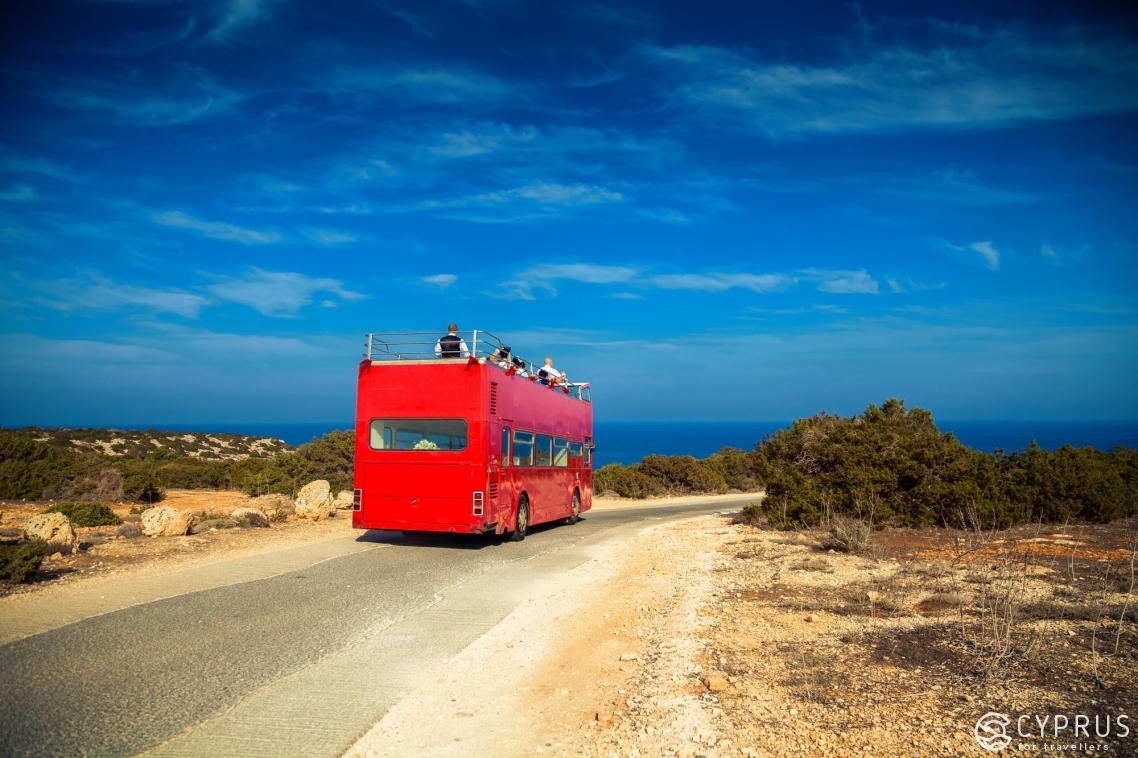
You can book a place, buy tickets for one or several days, and plan the times and stops on their website: www.redbuscyprus.com.
You can read our other articles about other ways to travel around the island. Save on car rental by checking out this article, and read about other public transport here.
Например, от аэропорта и практически любой другой точки в городах острова можно заказать трансфер.
For example, you can order a transfer from the airport and almost anywhere else in the cities across the island.
Here is a rough guide to the prices for public transport in Cyprus:
- Transfer (around town) — from 10-15€;
- Taxi — from 12€ within town and about 50€: from Larnaca to Nicosia or from Larnaca Airport to Limassol; and 60-70€ from Nicosia to Limassol. These figures will help you understand the usual price per distance. You can find more details here: www.cyprustaxi.com
- Buss (around town) — 1,5€;
- Car Rental (per day) — from 20€.
-
Last but not least, don’t forget to check out our website at www.Cyprusfortravellers.net. We are always happy to share our knowledge and expertise, and provide you with useful information and tips on the many aspects and nuances of staying in Cyprus. We can advise you on where to find spiritual experiences, help you understand the local mentality, and get to grips with the cuisine!
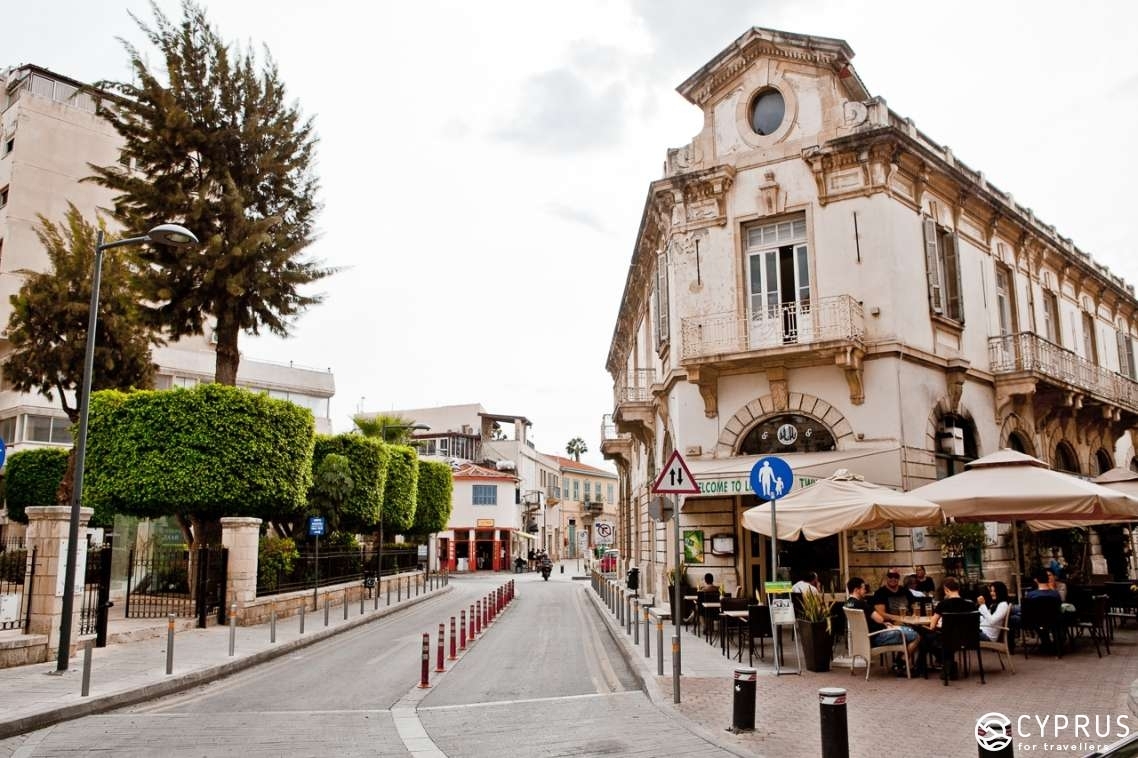
[1] Larnaca and nearby Protaras with their huge range of cottages and villas all year round are the favourite destinations of freelancers: they are ideally suited to thoughtful, meditative, solitary work.
[2] You can find advice for parents with young children from those in-the-know on forums. Limassol has plenty of children's play areas. If this applies to you and Limassol is your choice, take a look here.
[3] Maybe hotels and camp sites are not your thing? Have you tried staying in a yurt? Surprisingly, it’s now even possible in Cyprus! In truth, it’s not a cheap experience, but a unique memory for sure!
[4] It bears remembering that in the city centres of Cyprus (those in the territories under the Republic of Cyprus) it is usually easy to find public toilets that are always free. They are usually near big public car parks, the sights, and in tourist areas. In the part of Cyprus occupied by Turkey, there is a charge to use public toilets.



